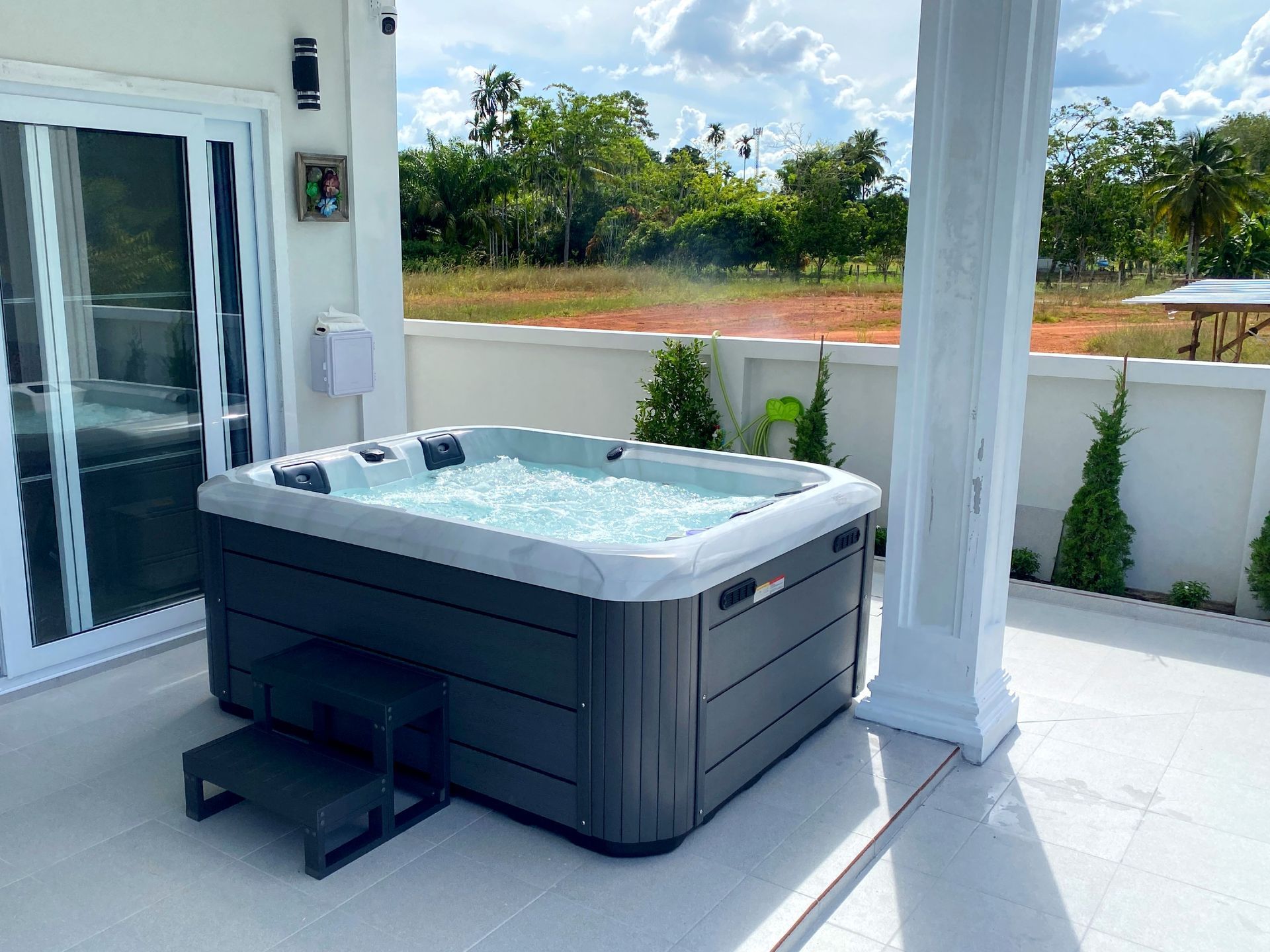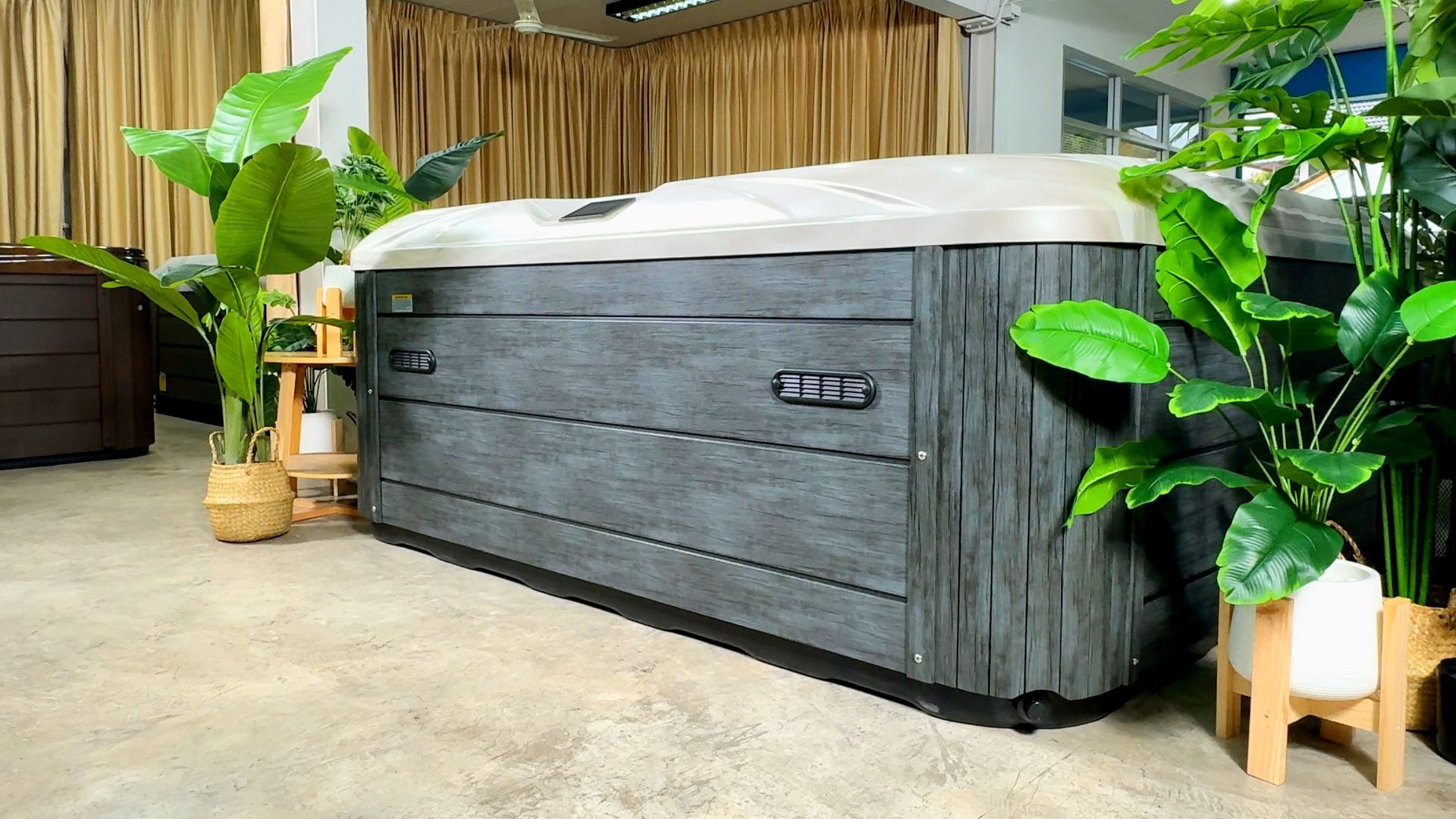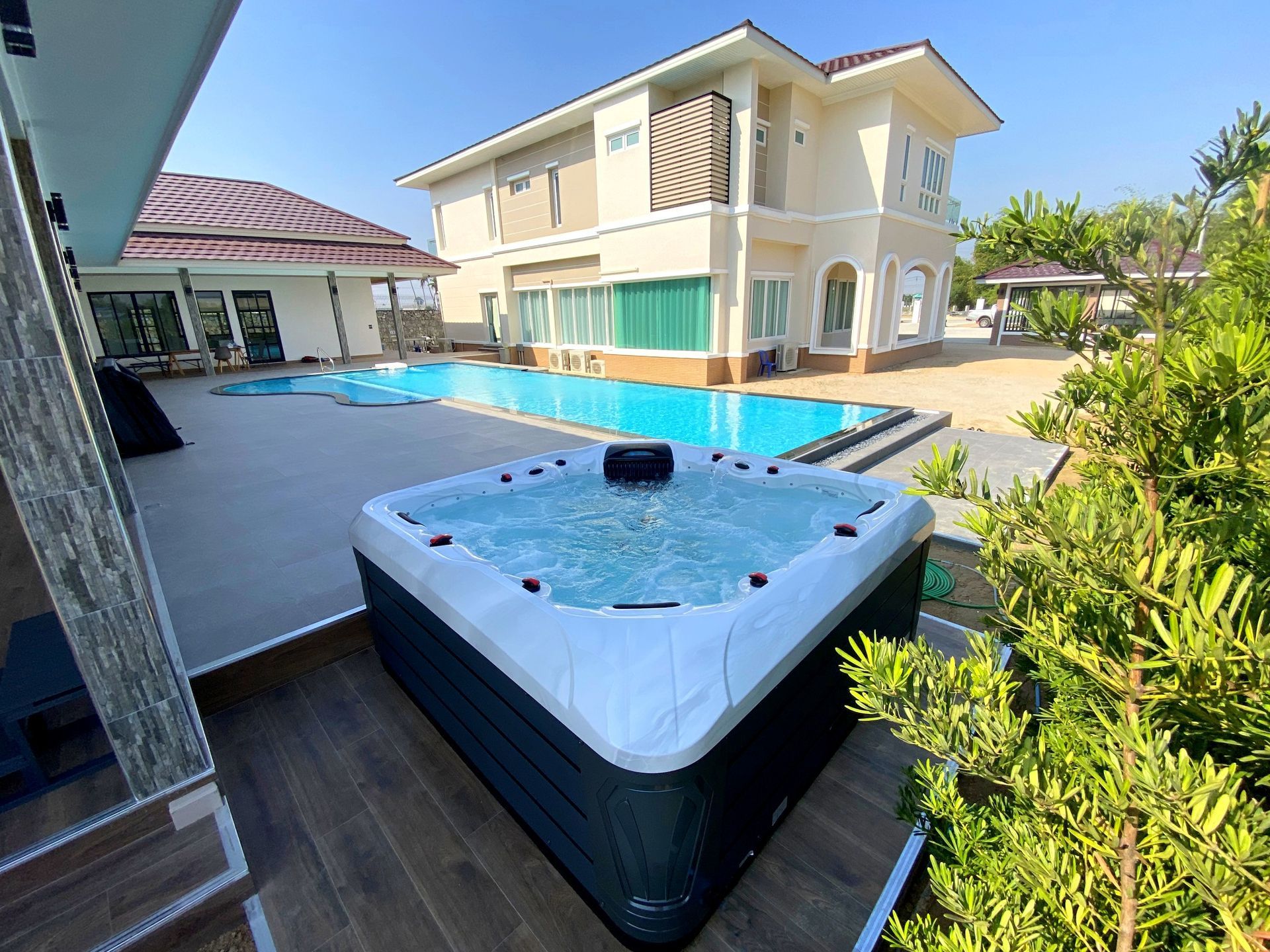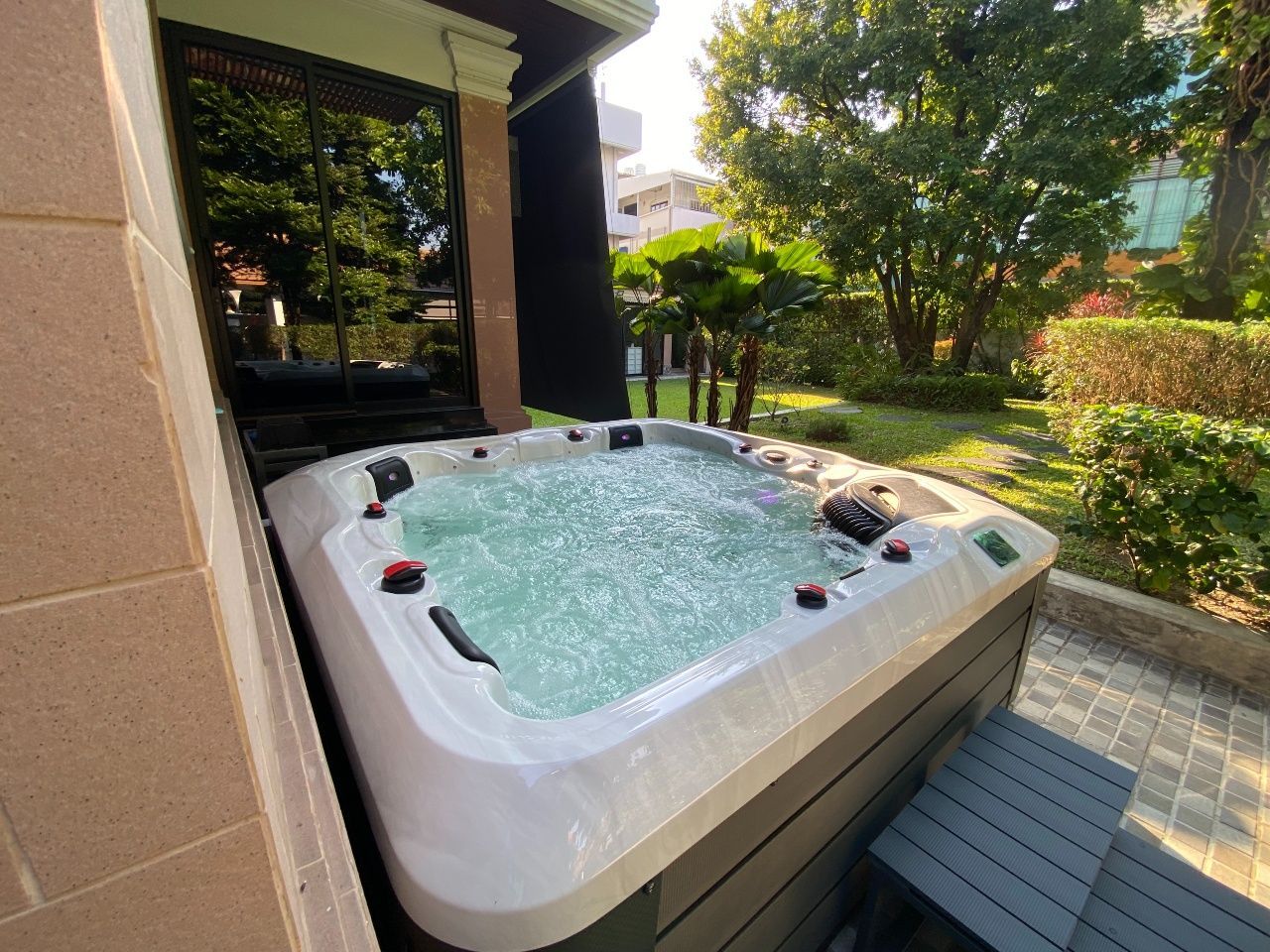Keep Your Outdoor Hot Tub Happy: 14 Mistakes to Avoid
How misuse shortens lifespan—and can void the warranty
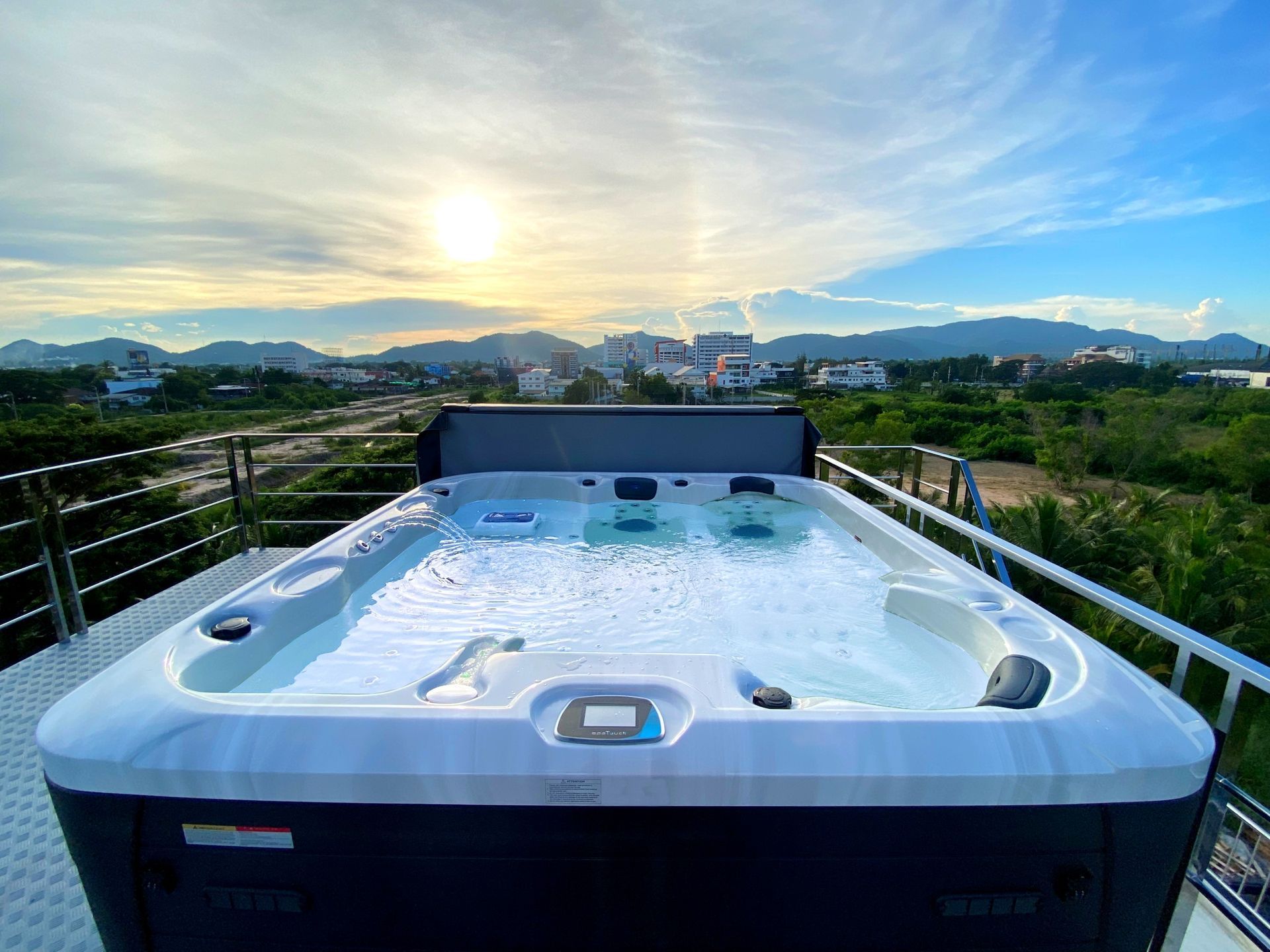
Why a Hot Tub (and Why This Guide)
Hydrotherapy can ease soreness, improve sleep, and create family time. The same system that makes a hot tub relaxing—recirculating, heated water—also means it needs consistent care. This guide shares what not to do (and what to do instead) so you enjoy your spa for years without surprise repair bills.
Warranty reminder: Damage from misuse, alterations, wrong chemicals, wrong installation, operating without panels, or DIY moving is typically excluded across brands (including US/EU/AU/CN manufacturers).
TL;DR ( Quick Start )
- Use
clean municipal water; avoid untreated well/river/pond water.
- Power off at the breaker before draining; never run pumps without water.
- Keep the spa on a
dedicated circuit ; don’t share with other devices.
- Treat the spa like a
mini pool, not a bathtub—no soap, oils, “onsen” powders.
- Use only the sanitizer type your manufacturer specifies (avoid cal‑hypo, sodium hypochlorite, tri‑chlor unless explicitly allowed).
- Run daily filtration/circulation; clean/replace filters on schedule; don’t kill power between soaks.
14 Improper Uses That Damage Outdoor Hot Tubs
1) Filling/Draining with Power ON
Running pumps/sensors with no water can burn them out.
Do this instead:
Switch OFF the dedicated spa breaker before draining. Refill to 1–2 in (2.5–5 cm) above the highest jet, then restore power. Don’t overfill or underfill.
- Turn off the spa breaker (the control set installed by Q&G) before every drain.
- Drain via the tub’s drain line or a submersible pump.
- Because the system is automated, running pumps/sensors dry risks overheating and damage.
- When filling, reach the standard level (1–2 inches above the highest jet) before turning power back on.
- Underfilling traps air in plumbing and strains pumps; overfilling risks overflow and wet electronics.
2) Sharing the Spa Circuit
Piggybacking devices (transfer pumps, lights, TVs) can trigger dry runs and control failures.
Do this instead: Use a dedicated, isolated circuit.
- Outdoor spas auto‑cycle
circulation, filtration, and heating. Shared circuits may start the spa at the wrong time.
- Real‑world case: a transfer pump tied into the spa circuit caused the spa to start while water was low—pumps ran dry, overheating pumps and killing the control box.
- Don’t share with
drain pumps, extra timers, added control panels, lighting, path lights, speakers/TVs.
- Separate circuits make troubleshooting easier and prevent overcurrent/shorts.
3) Adding Unapproved Systems
External chlorinators, heat pumps, sand filters, waterfalls, pool tie‑ins →
low flow, overheated pumps, corrosion, contamination.
Do this instead: Keep the
factory plumbing/control design. Consult Q&G before any changes.
- Spa pumps/controls aren’t designed to push water outside the tub; add‑ons reduce return flow and overwork circulation.
- Pool connections introduce chemistry mismatches and contaminants; salt pools accelerate
corrosion (spa materials aren’t designed for salt).
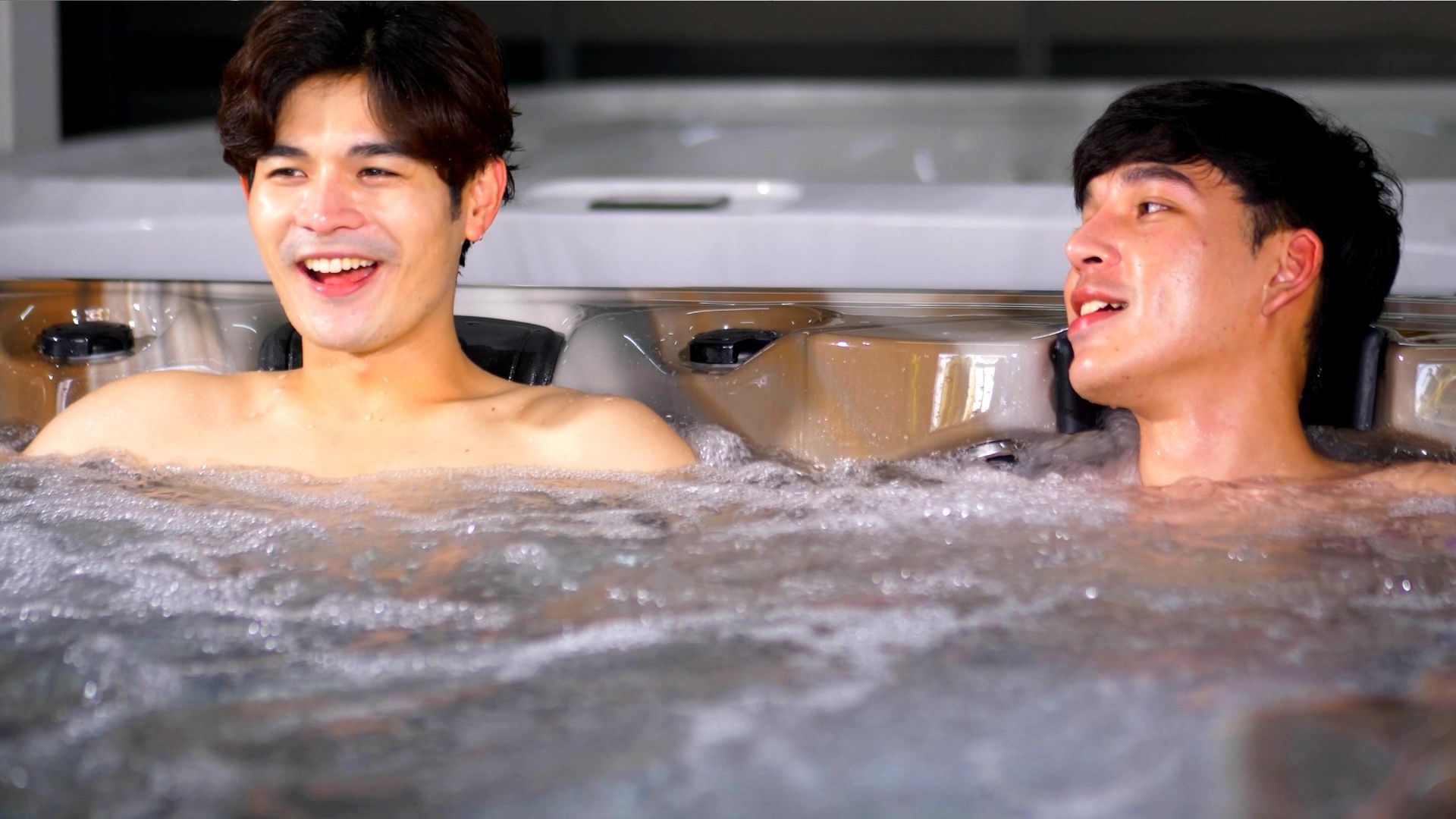
4) Filling with Untreated Natural Water
Iron, manganese, calcium, and silt
clog filters, foul heaters/sensors/jets.
Do this instead: Use
fresh municipal water. If unavoidable, use
delivered filtered water plus a
tested, correctly sized home filtration setup.
- Avoid canal/pond/reservoir water and unfiltered well water even if the spa has its own filter.
- Heavy sediments accelerate filter wear and can damage pump, flow sensors, heater, ozone unit, jets, and air massage.
- If natural sources are unavoidable: buy filtered/delivered water; have a filtration company test your source water and size a system that actually removes scale.
- Q&G tubs run automatic daily filtration and ozone, but you still need: correct sanitizer use, filter cleaning/replacement, and scheduled water changes.
- Water issues arise from source choice, chemicals added, personal‑care products, and neglect.
- Long absences (3–6 months):
drain,
power off,
clean/dry the shell, and leave the
cover open 24 hours to deter mold/odors.
5) Treating the Spa Like a Bathtub
Soaps, oils, salts, “onsen” powders, shampoo → residue build‑up
and biofilm.
Do this instead:
Shower first; add
no bath products to the spa.
- Shower before soaking (like at a Japanese onsen) to reduce contaminants.
- Outdoor spas recirculate water; unlike bathtubs, you don’t drain after each use.
- Bath products cause residue in
pipes, jets, and filters → deterioration, failures, and hygiene issues.
6) Using the Wrong Sanitizer
Cal‑hypo → scaling; sodium hypochlorite → corrosion/green water; tri‑chlor →
pH crash, corrosion, chlorine lock.
Do this instead: Use
only the sanitizer
type/dose specified by Q&G; maintain pH/alkalinity.
- Q&G uses chlorine + ozone so you can reuse water up to ~3 months in private use (changing more often is fine).
- Calcium hypochlorite: scale buildup → clogged filters, reduced heater efficiency, stuck/broken jet internals, sensor issues, pump wear.
- Sodium hypochlorite: corrosive to metals/plastics; mis‑dosing leads to green water and slime.
- Tri‑chlor: acidic and stabilized; long‑term use lowers pH, harms skin, corrodes components, and can cause
gas/odor and
chlorine lock.
7) Wearing Detergent‑Washed Clothing
Detergent + hot water =
foam and skin irritation.
Do this instead: Wear
rinsed swimwear (no detergent residue).
- Proper swimsuit care: rinse with plain/warm water only (no detergent).
- Regular clothing washed with detergent releases suds in hot water → foam everywhere; spa systems
cannot remove laundry foam → often requires a
full water change.
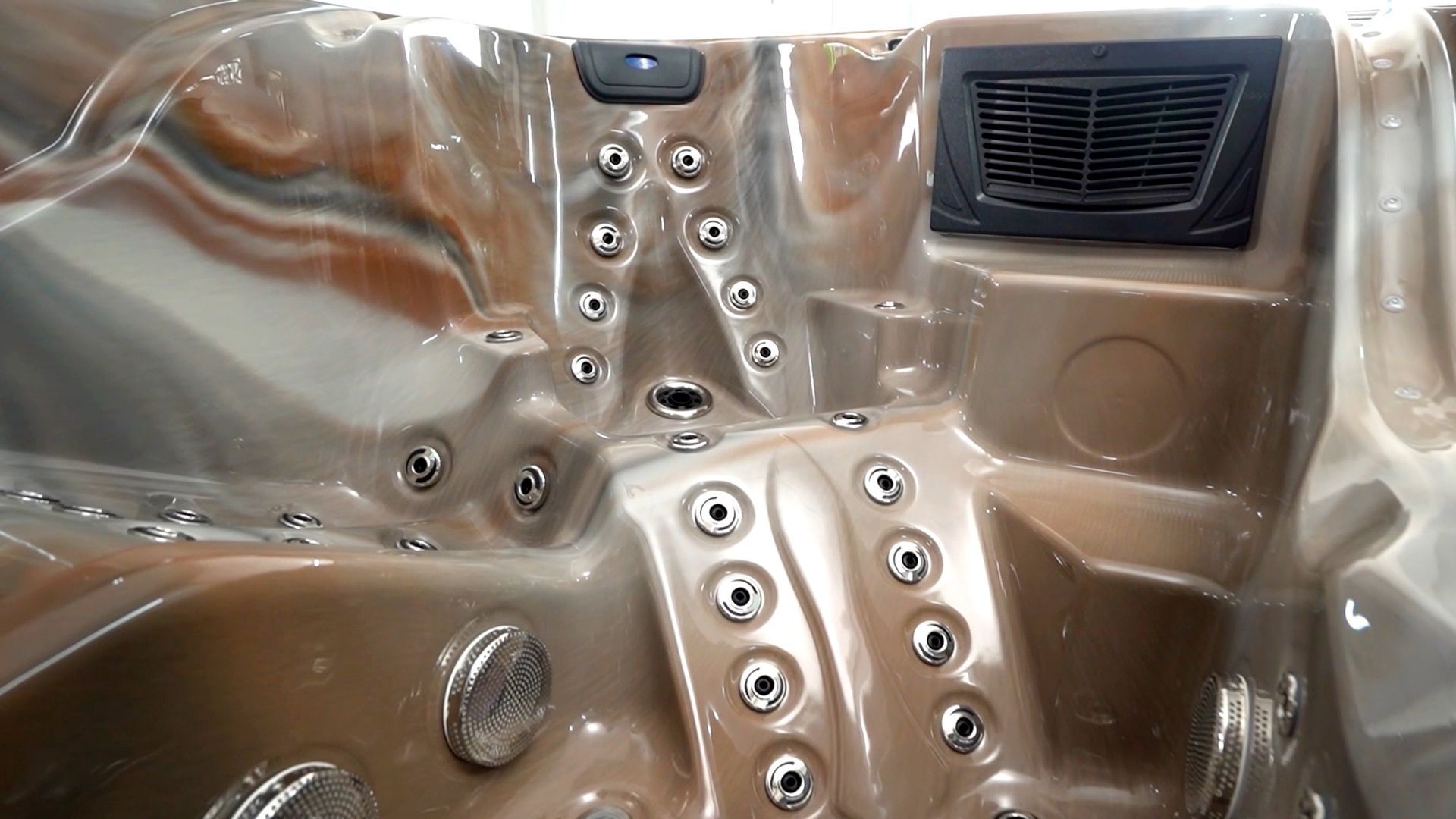
8) Skipping Daily Filtration/Disinfection
Idle water breeds
biofilm, algae, odor; jets may spit
slime after downtime.
Do this instead: Keep
daily circulation/filtration and sanitizer active (ozone + chlorine).
- Systems are designed to circulate/filter 4–8 hours/day (model‑dependent).
- “Fill‑soak‑drain” usage leaves residue water in pipes that grows bacteria and algae.
- Longer idle periods (≥1 week) increase buildup; next session may eject white slime/algae from jets.
- Long‑term neglect clogs
pump, heater, sensors, ozone, and
filters, reducing performance and causing failures.
9) Neglecting Filters (or Using the Wrong One)
Clogged/torn/mismatched cartridges overwork pumps and trip heaters.
Do this instead: Rinse
monthly (city water) or
weekly/biweekly (natural sources). Replace
~12 months (city) or
3–6 months (natural sources). Use the
correct part.
- Most Q&G outdoor spas use paper/fiber‑wound cartridges.
- Bangkok/municipal water: rinse monthly; provinces/natural sources: clean more often.
- Ignoring filter care → clogging, pump strain, heater/sensor shutdowns.
- Don’t run 2–3 years on the same cartridge; replace on schedule.
- Third‑party cartridges with wrong micron rating/size overwork pumps and degrade heater performance; not covered by warranty.
- Q&G configures filtration for ~48 turnovers/day. Reducing hours to “save power” leads to slimy walls and green water.
- Running
without a filter is misuse; large debris (hair, dust, leaves, toys) can enter plumbing and quickly clog components.
10) Switching OFF the Breaker Between Soaks
No power = no scheduled filtration/heating →
stagnant, smelly water.
Do this instead: Keep the spa
powered 24/7 so cycles can run.
- The spa relies on daily programmed cycles to keep water healthy.
- Powering down for days lets water stagnate, which harms both
water quality and
components (filter system, plumbing, heater, control boards, pumps, ozone).
11) Filling with Extreme Hot/Cold Water
~40 °C (104 °F) or < ~10 °C (50 °F) can stress plastics, seals, and sensors.
Do this instead: Let the spa’s heater bring water to temperature; avoid thermal shock.
- Components are chosen for water up to ~40 °C. Don’t add very hot water to mimic 42–45 °C onsen temperatures.
- Very cold fill water below
~10 °C can also damage components.
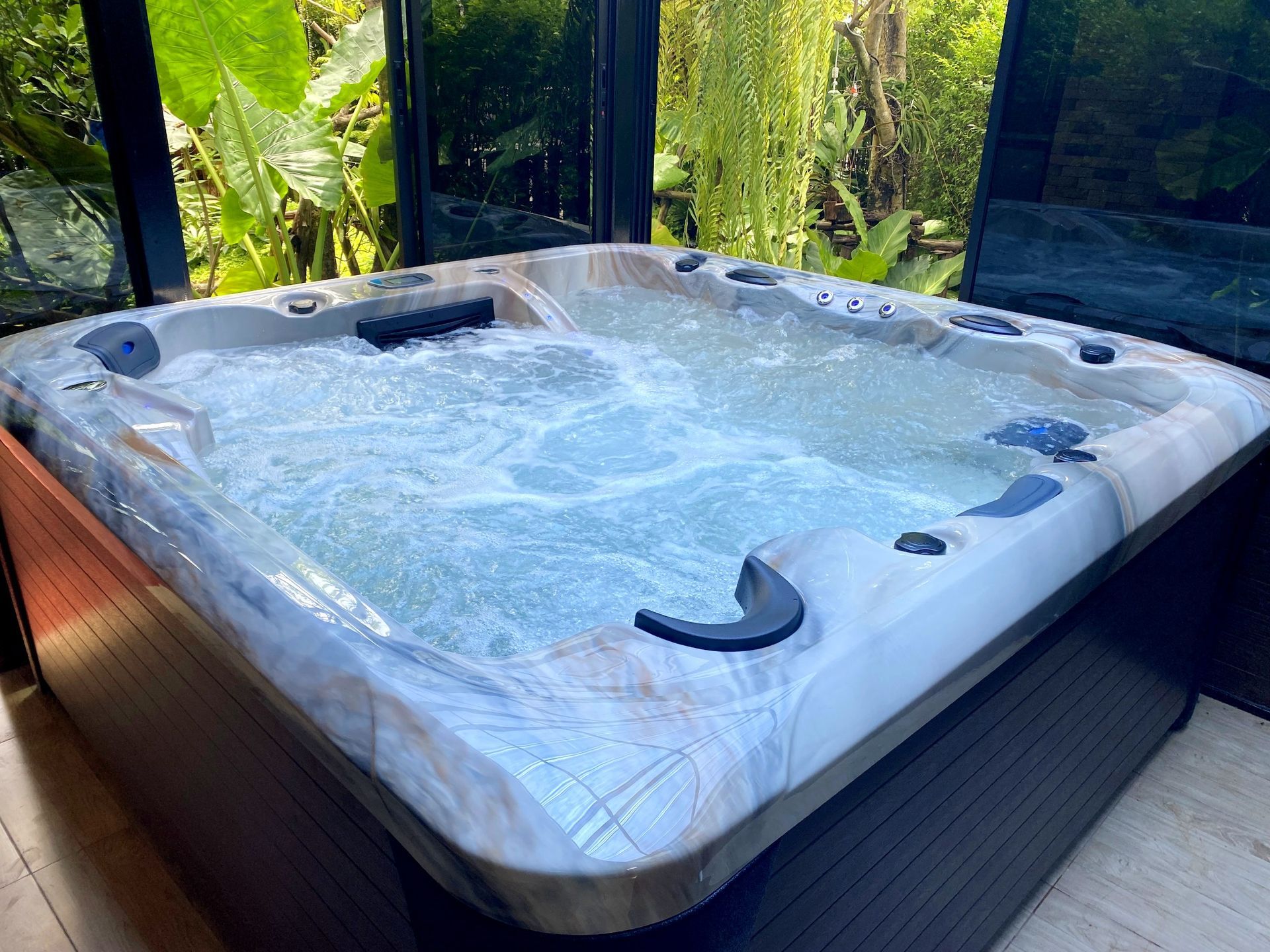
12) Operating Without Exterior Panels
Panels protect against
rain, sun, dust, pests.
Do this instead: Keep panels
installed and closed except for service; maintain service access when adding decking.
- Leaving panels off during or after decking/recess work exposes control boards, underwater lights, ozone units, and pumps to moisture and debris.
- Open panels trap dust/moisture and can attract pests (e.g., snakes/rodents). Damage incurred like this is typically
not covered.
13) Bypassing Electrical Safety Devices
Forcing power after a trip
voids coverage and risks injury.
Do this instead: Keep
RCD and breakers
in circuit; call Q&G if trips persist.
- Q&G installs protective devices for your safety. Post‑install rewiring to “force it on” bypasses protection and can cause further damage or personal risk.
- Analogy: forcing a tripped home breaker back on without fixing the cause.
14) DIY Accessories, Build‑ins, and Moves
Point‑loading (e.g., ladder legs on a floor jet) can
crack jets/shell; DIY moving can damage the frame.
Do this instead:
Consult Q&G for rails/steps/seats and for any
relocation. Preserve
service clearance with recessed/surround installs.
- Before adding grab bars, steps, extra seating, Q&G should verify structure and attachment points to avoid compromising the shell.
- Example: placing ladder legs on a floor jet can break the jet/housing and eventually crack the shell; shells are designed for distributed loads, not single point loads.
- For post‑install decoration (decking/walkways/recessed looks), ensure panels can still open for service.
- For moving/relocating, use Q&G’s trained crew and equipment to protect the frame/shell and preserve warranty benefits.
Frequently Asked Questions - FAQs
Can I connect my hot tub to the pool?
No—plumbing/control design differs; tie‑ins reduce flow, add contaminants, and often void coverage (especially with salt systems).
Why keep power on?
The hot tub needs daily filtration/disinfection to prevent biofilm, odors, and component stress.
Only have well water?
Use delivered filtered water or install a properly sized treatment system after a source-water test.
Which chlorine is safe?
Use the exact type/dose specified by your manufacturer/Q&G; avoid cal‑hypo, sodium hypochlorite, and tri‑chlor unless your manual explicitly allows them.
Explore outdoor hot tubs today and learn how hot water therapy improves health, circulation, and relaxation.
QandGTub.com



